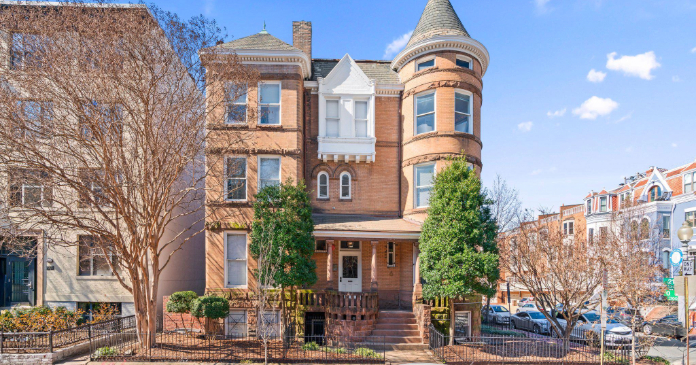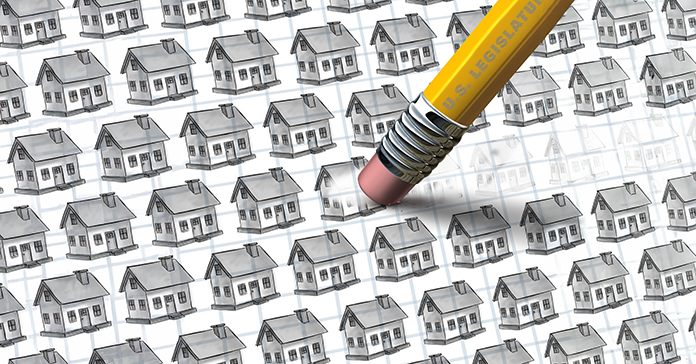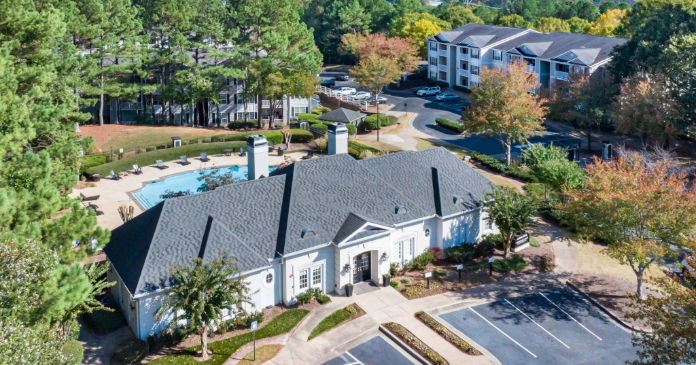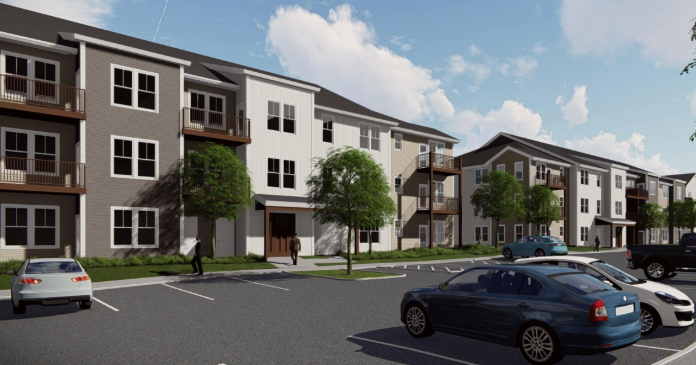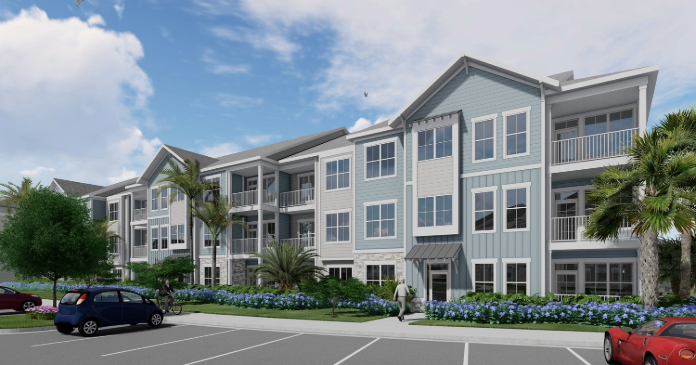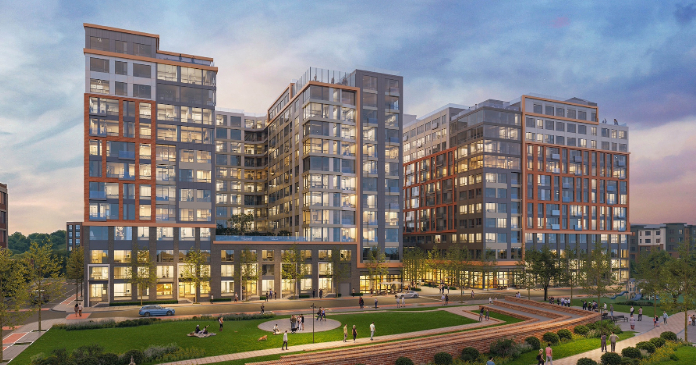A boom in the sale of disaster-proofing materials is being fueled by changing building codes and runaway insurance costs.
Hurricanes, tornadoes, wildfires, earthquakes and floods have always been around. But simply put, there are now more expensive structures in the way of them. For owners and residents of both residential and commercial property, protecting and minimizing damage, as well as injuries and deaths, from these occurrences has become a priority.
The National Weather Center reports that more than 1,000 tornadoes hit the U.S. annually with wind speeds reaching the 300 mph rang — enough sheer force to rip apart buildings and injure or kill anyone in their path. Those in the hurricane belt can expect 10 to 15 tropical storms a year.
The cost of life and property caused by these phenomena can be astronomical. Last year’s four Florida-area hurricanes accounted for roughly $18 billion in insurance costs and more than $5 billion in aid from the Federal Emergency Management Agency (FEMA).
FEMA estimates that as many as 75 percent of U.S. homes are — at one time or another — in the path of floods, hurricanes, earthquakes, hail or other natural disasters. Add to this mix the unpredictable risk caused by terrorist attacks or criminal acts, and you can see why the market for safe rooms and disaster-proofing materials is on the rise. Insurers and local governments have been active in enforcing stricter building codes and encouraging property owners and residents to fortify their homes against disasters.
In fact, since Hurricane Andrew tore through Florida in 1992 and resulted in $16 billion in insurance claims, about 30 states and an expanding number of local governments have adopted strict building codes requiring roofs to withstand 110-mph winds and flying debris.
Marketers of disaster-proof materials maintain that the influx of stricter codes is driving the increase in sales of these products.
A LOT OF CHOICES NOW
What kinds of products are on the market for making homes safer? More than you can imagine, and new technologies are creating even more. High on the list of hurricane area victims are standby generators for creating temporary electric power, high-tech roofing materials designed to withstand high winds and debris, reinforced windows that resist breakage, machine-powered steel shutters and safe rooms.
Costs for safeguarding a home can easily top $75,000.
Generators start at $13,500 for a 15-kilowatt model which can create power for a day or two.
Extra strong glass that’s storm and impact proof can run more than $40,000 to cover a single-family home.
Protective window elements from DuPont, Andersen Windows and others include impact resistant glass, plexiglass and a clear plastic covering called Fabric Shield. DuPont has also developed a safe-room kit made with Kevlar, the material used in bullet-proof vests. In fact, considered one of the strongest materials in the world, DuPont’s Kevlar has a structural integrity 10-15 stronger than steel. Costs range from $5,000 to $9,000, including installation.
Roof materials, meanwhile, are subjected to some of the strictest new building codes. Companies like Decra Roofing and CertainTeed have introduced metal and asphalt shingles designed to improve the aesthetics of impact-resistant roofing materials.
Structure-wise, New Necessities markets a reinforcement product called Millibar, which is also made with Kevlar.
Hadrian Tridi-Systems distributes, markets and services Tridipanel building materials. Tridipanel is an environmentally friendly product that can be used to construct energy efficient homes and low-cost housing. The product is flood-water resistant and has high fire-resistance ratings.
The Tridipanel home building system uses prefabricated polystyrene panels with wire mesh that become a structural wall when concrete, gunite, Portland cement, plaster or stucco are shotcrete into place.
The system is composed of recycled green products, is highly flexible and can be used in place of wood or metal-framed walls, masonry block walls or pre-cast panels. The panels, in turn, provide an excellent structural system that can be used in floors, ceilings, and roofs.
The University of California-Riverside Granite Mountain Reserve was built with Tridipanel and has withstood 128 mph winds, as well as 6.9 and 6.5 earthquakes, with no damage.
Continued development of space-age materials will produce buildings in the future that are fire and flood resistant, and have greater structural integrity.
Then all we have to worry about is a direct hit from a comet.





